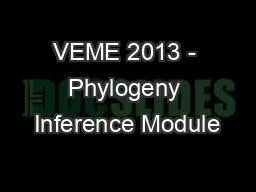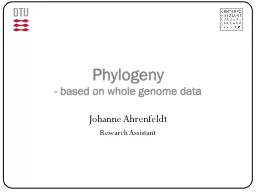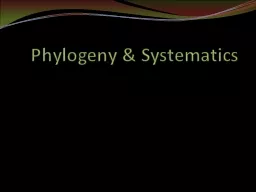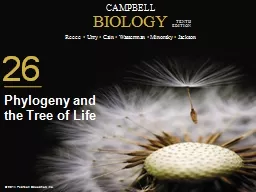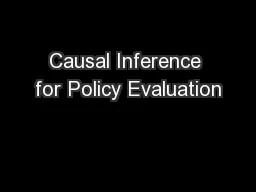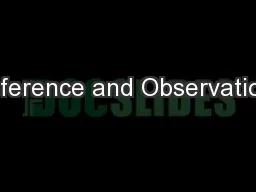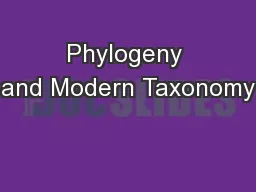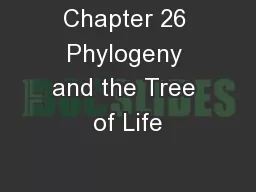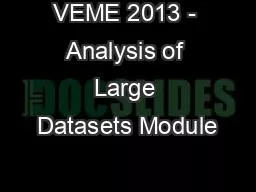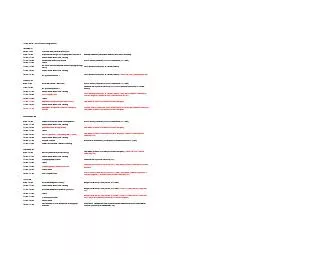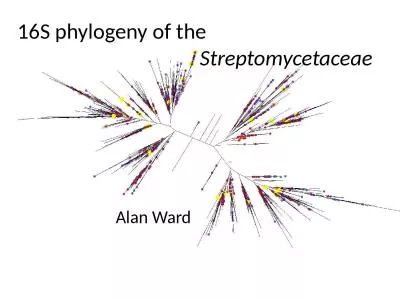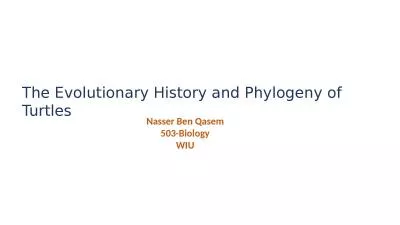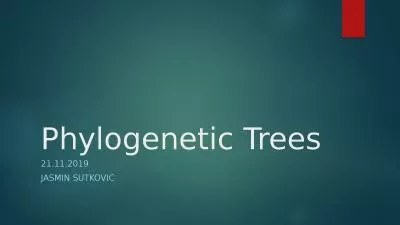PDF-VEME 2013 - Phylogeny Inference Module
Author : chiquity | Published Date : 2020-11-19
0830 900 Welcome and practical instructions 900 1030 Fundamentals of molecular evolution theory AnneMieke Vandamme Catholic University of Leuven Belgium 1030
Presentation Embed Code
Download Presentation
Download Presentation The PPT/PDF document "VEME 2013 - Phylogeny Inference Module" is the property of its rightful owner. Permission is granted to download and print the materials on this website for personal, non-commercial use only, and to display it on your personal computer provided you do not modify the materials and that you retain all copyright notices contained in the materials. By downloading content from our website, you accept the terms of this agreement.
VEME 2013 - Phylogeny Inference Module: Transcript
Download Rules Of Document
"VEME 2013 - Phylogeny Inference Module"The content belongs to its owner. You may download and print it for personal use, without modification, and keep all copyright notices. By downloading, you agree to these terms.
Related Documents

